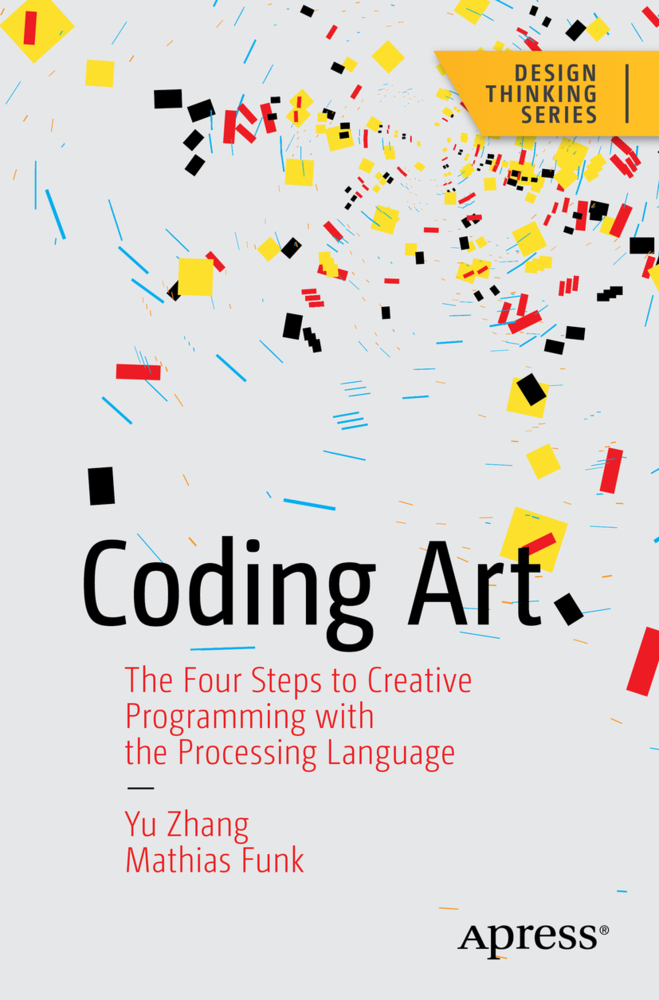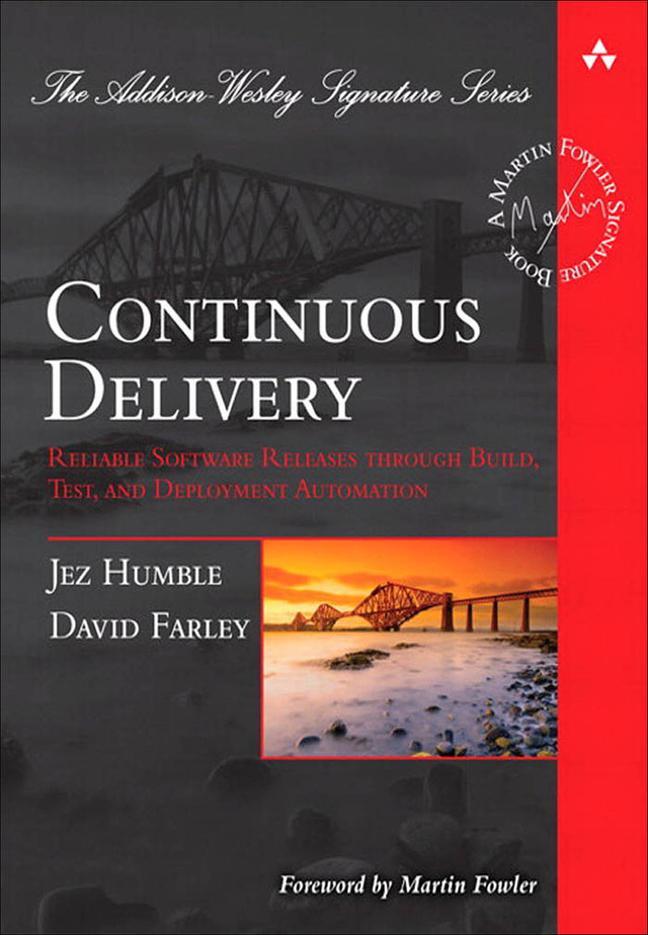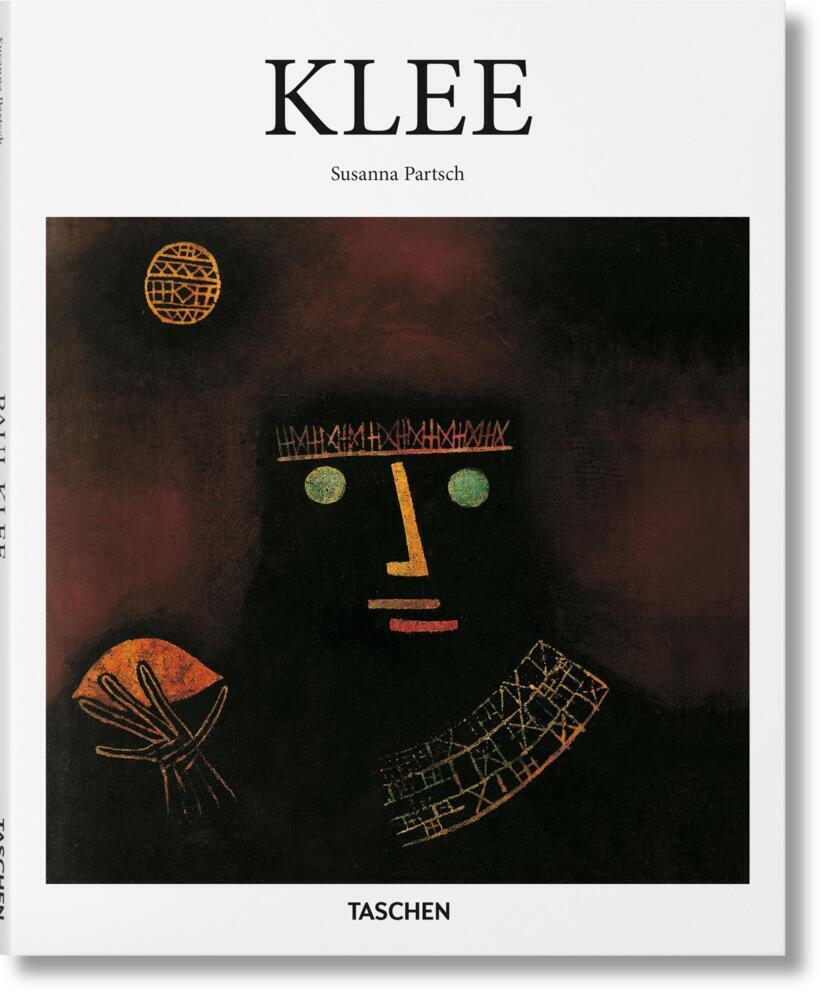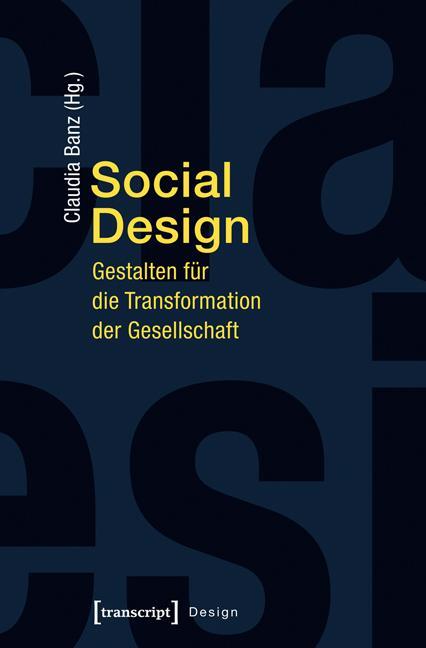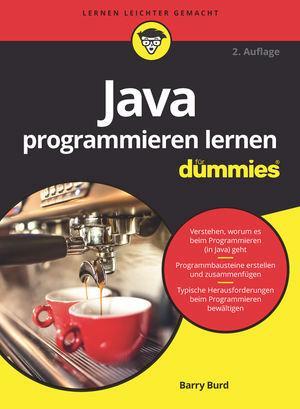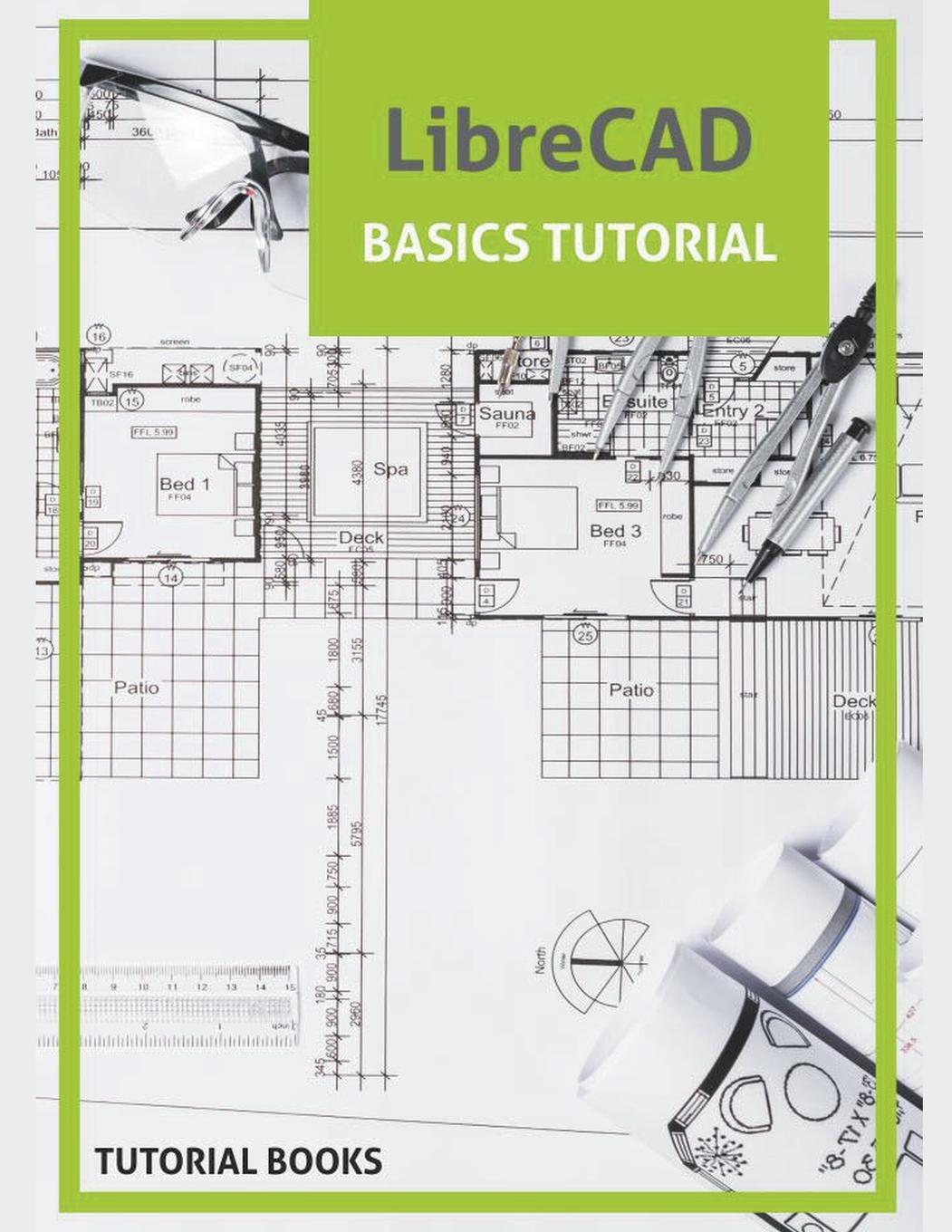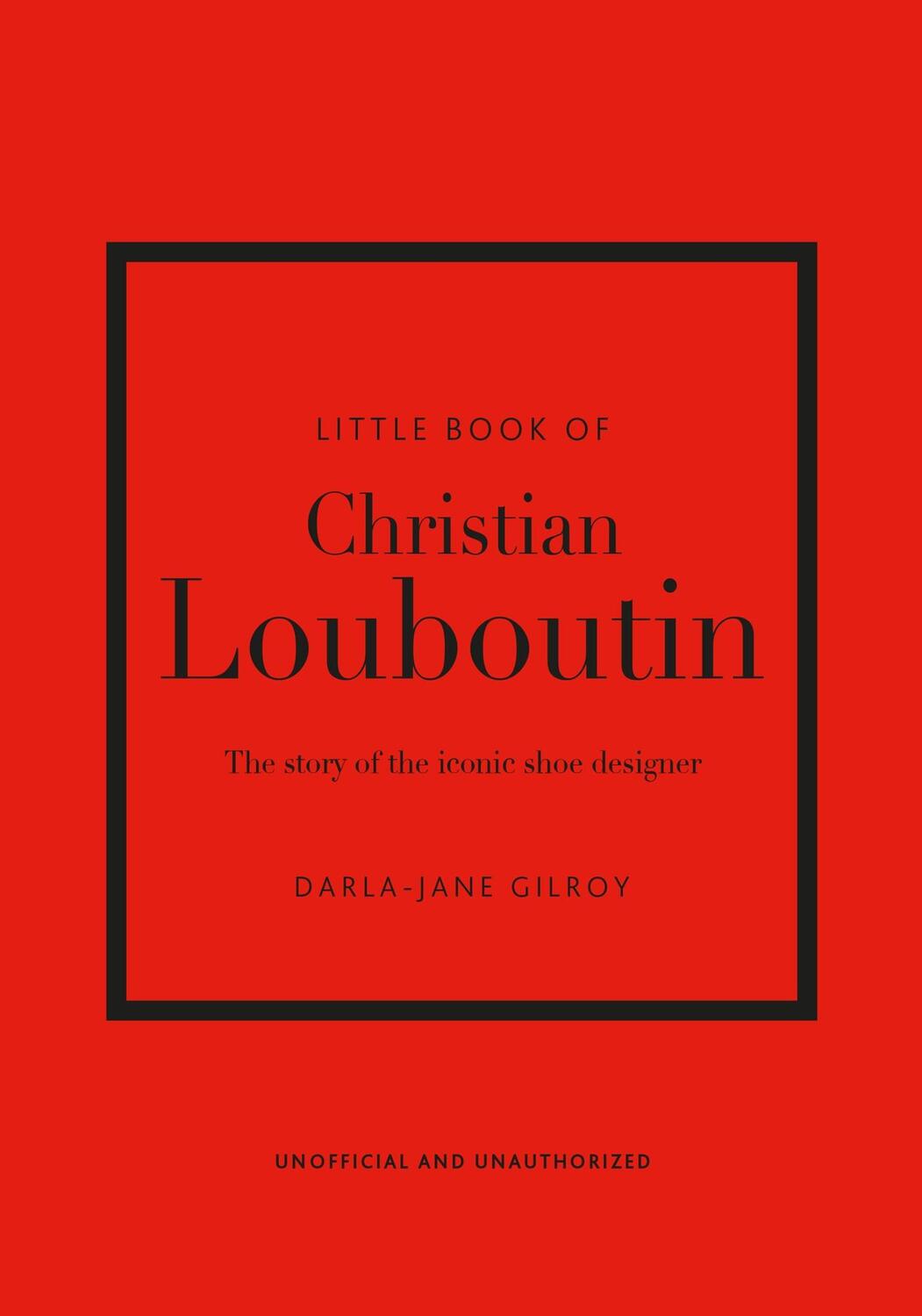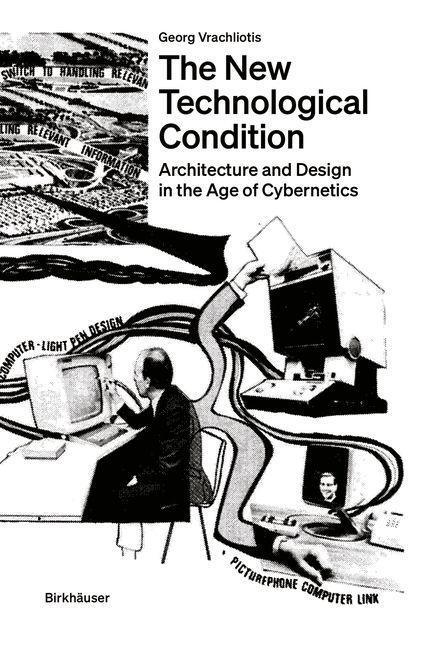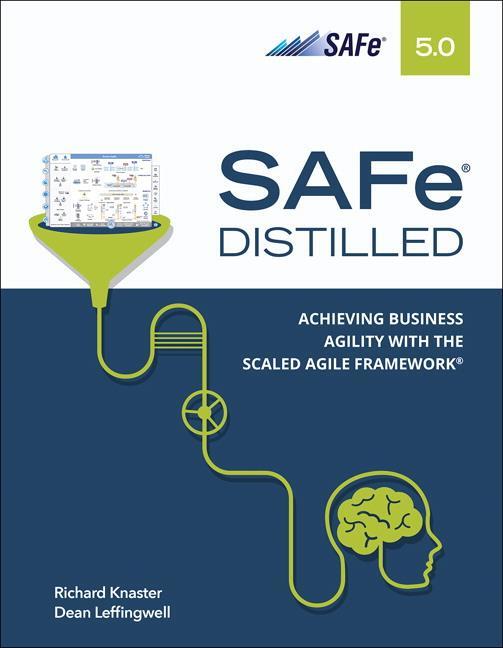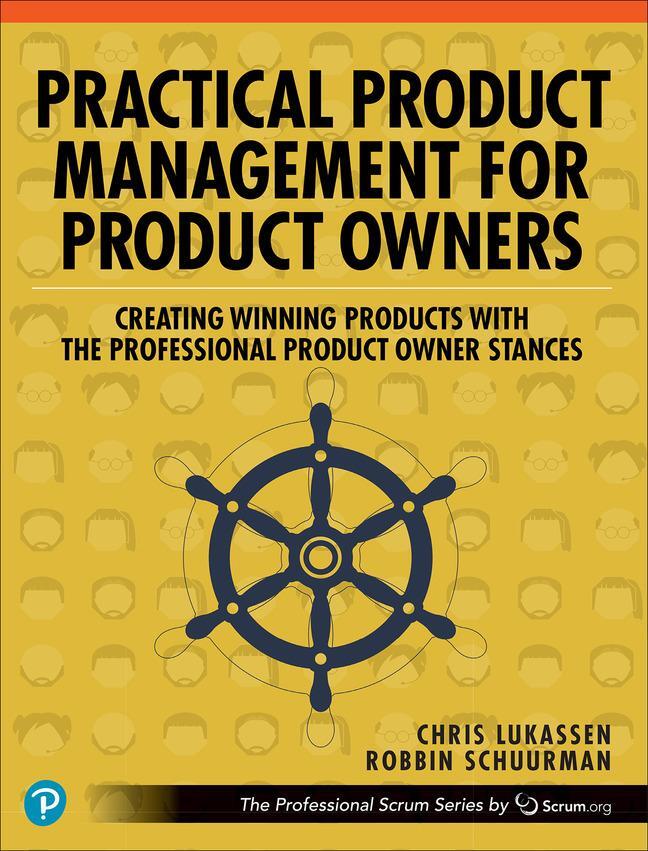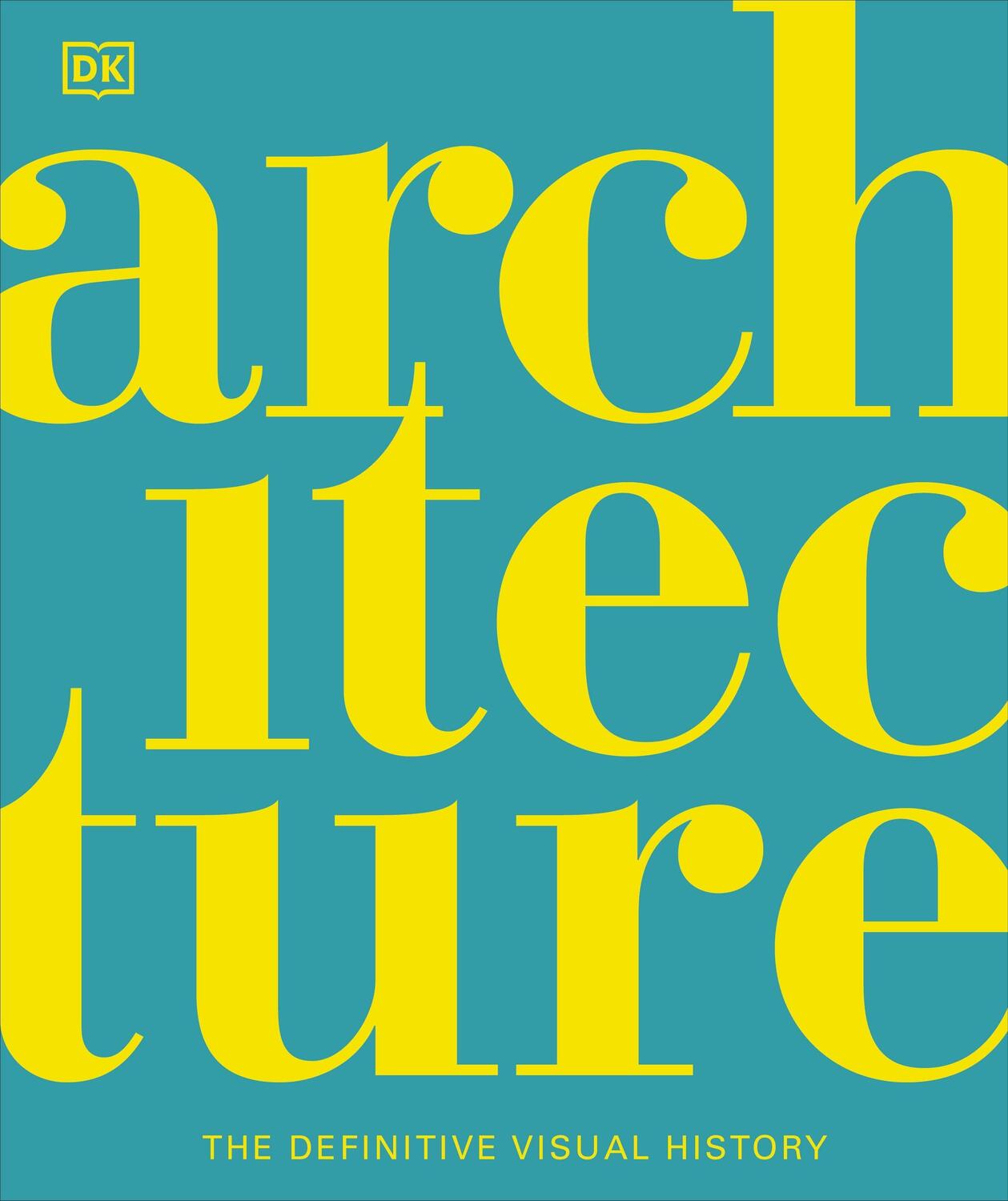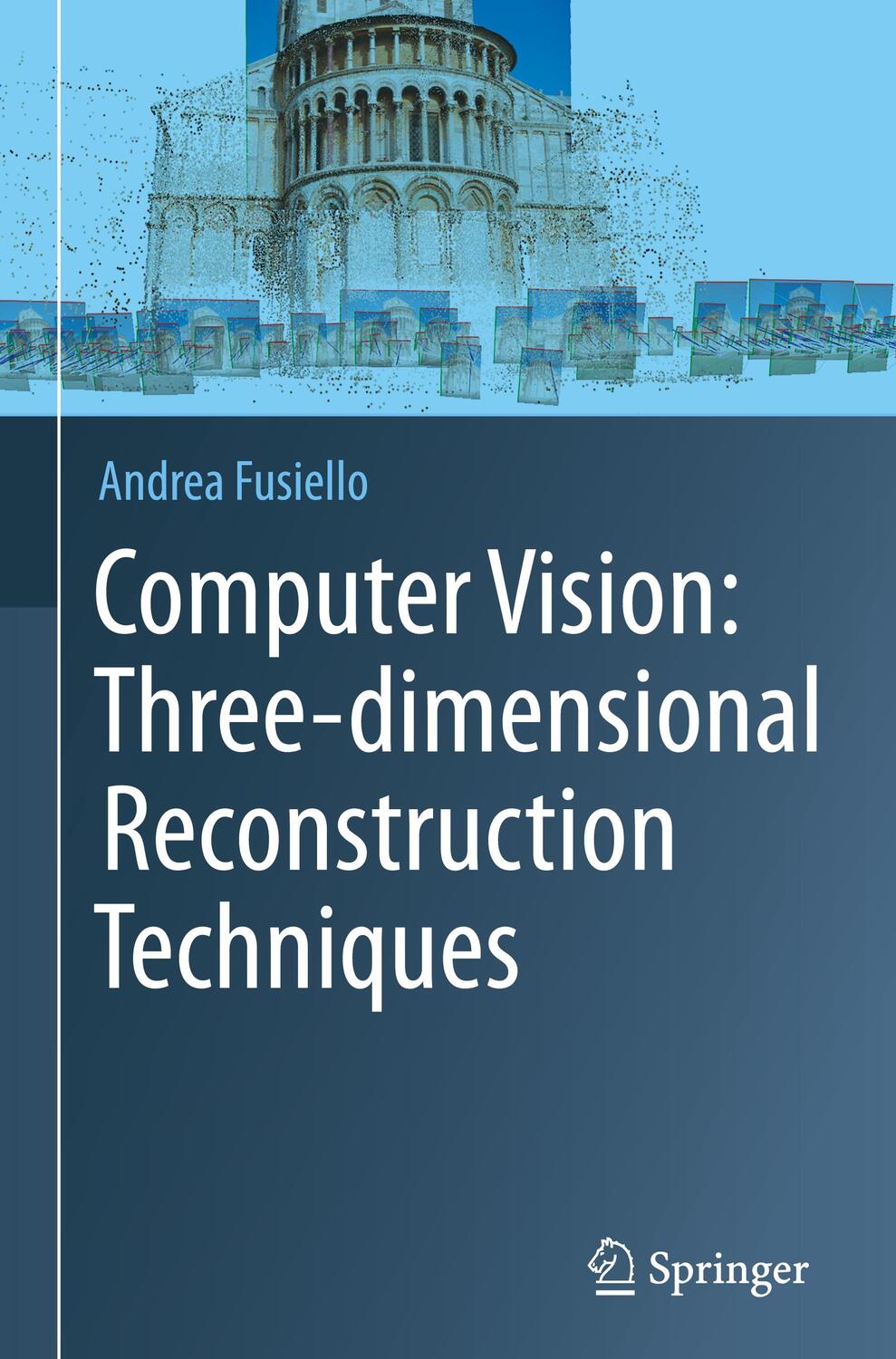Dekorationsartikel gehören nicht zum Leistungsumfang.
Sprache:
Englisch
41,40 €*
Versandkostenfrei per Post / DHL
Lieferzeit 1-2 Wochen
Kategorien:
Beschreibung
Finally, a book on creative programming, written directly for artists and designers! Rather than following a computer science curriculum, this book is aimed at creatives who are working in the intersection of design, art, and education.
In this book you'll learn to apply computation into the creative process by following a four-step process, and through this, land in the cross section of coding and art, with a focus on practical examples and relevant work structures. You'll follow a real-world use case of computation art and see how it relates back to the four key pillars, and addresses potential pitfalls and challenges in the creative process. All code examples are presented in a fully integrated Processing example library, making it easy for readers to get started.
This unique and finely balanced approach between skill acquisition and the creative process and development makes Coding Art a functional reference book for both creative programming and the creative process for professors and students alike.
What You'll LearnReview ideas and approaches from creative programming to different professional domains
Work with computational tools like the Processing languageUnderstand the skills needed to move from static elements to animation to interactionUse interactivity as input to bring creative concepts closer to refinement and depthSimplify and extend the design of aesthetics, rhythms, and smoothness with data structuresLeverage the diversity of art code on other platforms like the web or mobile applicationsUnderstand the end-to-end process of computation art through real world use casesStudy best practices, common pitfalls, and challenges of the creative process
Who This Book Is ForThose looking to see what computation and data can do for their creative expression; learners who want to integrate computation and data into their practices in different perspectives; and those who already know how to program, seeking creativity and inspiration in the context of computation and data.
In this book you'll learn to apply computation into the creative process by following a four-step process, and through this, land in the cross section of coding and art, with a focus on practical examples and relevant work structures. You'll follow a real-world use case of computation art and see how it relates back to the four key pillars, and addresses potential pitfalls and challenges in the creative process. All code examples are presented in a fully integrated Processing example library, making it easy for readers to get started.
This unique and finely balanced approach between skill acquisition and the creative process and development makes Coding Art a functional reference book for both creative programming and the creative process for professors and students alike.
What You'll LearnReview ideas and approaches from creative programming to different professional domains
Work with computational tools like the Processing languageUnderstand the skills needed to move from static elements to animation to interactionUse interactivity as input to bring creative concepts closer to refinement and depthSimplify and extend the design of aesthetics, rhythms, and smoothness with data structuresLeverage the diversity of art code on other platforms like the web or mobile applicationsUnderstand the end-to-end process of computation art through real world use casesStudy best practices, common pitfalls, and challenges of the creative process
Who This Book Is ForThose looking to see what computation and data can do for their creative expression; learners who want to integrate computation and data into their practices in different perspectives; and those who already know how to program, seeking creativity and inspiration in the context of computation and data.
Finally, a book on creative programming, written directly for artists and designers! Rather than following a computer science curriculum, this book is aimed at creatives who are working in the intersection of design, art, and education.
In this book you'll learn to apply computation into the creative process by following a four-step process, and through this, land in the cross section of coding and art, with a focus on practical examples and relevant work structures. You'll follow a real-world use case of computation art and see how it relates back to the four key pillars, and addresses potential pitfalls and challenges in the creative process. All code examples are presented in a fully integrated Processing example library, making it easy for readers to get started.
This unique and finely balanced approach between skill acquisition and the creative process and development makes Coding Art a functional reference book for both creative programming and the creative process for professors and students alike.
What You'll LearnReview ideas and approaches from creative programming to different professional domains
Work with computational tools like the Processing languageUnderstand the skills needed to move from static elements to animation to interactionUse interactivity as input to bring creative concepts closer to refinement and depthSimplify and extend the design of aesthetics, rhythms, and smoothness with data structuresLeverage the diversity of art code on other platforms like the web or mobile applicationsUnderstand the end-to-end process of computation art through real world use casesStudy best practices, common pitfalls, and challenges of the creative process
Who This Book Is ForThose looking to see what computation and data can do for their creative expression; learners who want to integrate computation and data into their practices in different perspectives; and those who already know how to program, seeking creativity and inspiration in the context of computation and data.
In this book you'll learn to apply computation into the creative process by following a four-step process, and through this, land in the cross section of coding and art, with a focus on practical examples and relevant work structures. You'll follow a real-world use case of computation art and see how it relates back to the four key pillars, and addresses potential pitfalls and challenges in the creative process. All code examples are presented in a fully integrated Processing example library, making it easy for readers to get started.
This unique and finely balanced approach between skill acquisition and the creative process and development makes Coding Art a functional reference book for both creative programming and the creative process for professors and students alike.
What You'll LearnReview ideas and approaches from creative programming to different professional domains
Work with computational tools like the Processing languageUnderstand the skills needed to move from static elements to animation to interactionUse interactivity as input to bring creative concepts closer to refinement and depthSimplify and extend the design of aesthetics, rhythms, and smoothness with data structuresLeverage the diversity of art code on other platforms like the web or mobile applicationsUnderstand the end-to-end process of computation art through real world use casesStudy best practices, common pitfalls, and challenges of the creative process
Who This Book Is ForThose looking to see what computation and data can do for their creative expression; learners who want to integrate computation and data into their practices in different perspectives; and those who already know how to program, seeking creativity and inspiration in the context of computation and data.
Inhaltsverzeichnis
Introduction
Part I: Creative CodingIn the first main part of this book, we present a four-step working process when code is involved in art practice.
Chapter 1: Idea to VisualsIn this chapter we show how creatives can translate their ideas into simple visual elements, and then work with these elements creatively, by animating them in motions and interaction. In this part, we move quickly from shaping up visual elements in static to animate and scale them in variants and complexity. We also make the comparatively large step to interaction as input for animating visual elements already in this first step. This allows creatives to directly experience the power and expressivity of a computational creative tool like Processing. We don't hold back in this first step, because we see interaction (and ultimately data) as the important differentiator and driver behind the power of computational in creative practice. Even the raw understanding of interaction in code can help creatives ideate with minimal computation at an early stage of a project.
Chapter 2: Composition and StructureIn this chapter, we align the structure of code and the visual structure to reinforce the initial momentum with transparent concepts in code. In this step, we list different code examples that are related to repetition and variation. These are all features related to the creation and manipulation of a Gestalt, introduced as the "many things as one" concept in the book. The reader learns about the shift from an individual element in repetition to many things in layers and alignment. While we introduce fewer new elements from Processing, we maintain the momentum for the reader in showing how they can, with a few lines of code, amplify the expressivity of their first tryouts. The divergence from traditional creative programming books is most visible in the second step, we leave the path of explaining Processing and let the creative process take charge.
Chapter 3: Refinement and DepthIn this chapter, we use randomness and noise as sources for depth and entropy and explain how to refine and deepen the idea regarding controlling, selecting, and making choices. In this part, we specifically introduce new data structures as means to simplify and extend the design of aesthetics, rhythms and smoothness. We also return to interactivity at this developed stage and use interactivity as input to bring creative concepts closer to refinement and depth.
Chapter 4: Completion and ProductionIn this chapter, we look at the backstage of coding an art piece for presentation and "show-time". We show how to leverage the diversity of art code on other platforms like the web or in mobile applications. In this step, we also specify how to backstage, test and control the creative work in a less risky way on the final production stage.
Part II: An Example: MOUNTROTHKOIn the second part of this book, we present a large example for computational art, MOUNTROTHKO (2018). This part shows how we applied many aspects of the first part of the book in a real project. We emphasize that what we write about in this book is what we also practice: we unfold MOUNTROTHKO from the very beginning by showing the conceptual and visual starting points. Then we walk through the four steps of the whole creative process in close relation to this example. In MOUNTROTHKO, certain steps were taken going back and forth, or in iteration, which underlines how the book is practically meaningful as a process reference.
Chapter 5: Inspiration
Chapter 6: From idea to completion
Part III: Coding PracticeIn the last part of this book, we address common pitfalls and challenges of the creative process and formulate suggestions and tips for creatives based on our experience over the years. We indicate main problems that creatives might have in practice: how to help yourself, how to get help from others, and how to find and work with experts from other fields. Finally, we outline a continuation of the learning path for creatives alongside reading and making: this book ideally represents the starting of a personal creative journey working with both art and code.
Chapter 7: Dealing with Problems
Chapter 8: Learning Path
Chapter 9: Creative Processes
Conclusion
Epilogue
Part I: Creative CodingIn the first main part of this book, we present a four-step working process when code is involved in art practice.
Chapter 1: Idea to VisualsIn this chapter we show how creatives can translate their ideas into simple visual elements, and then work with these elements creatively, by animating them in motions and interaction. In this part, we move quickly from shaping up visual elements in static to animate and scale them in variants and complexity. We also make the comparatively large step to interaction as input for animating visual elements already in this first step. This allows creatives to directly experience the power and expressivity of a computational creative tool like Processing. We don't hold back in this first step, because we see interaction (and ultimately data) as the important differentiator and driver behind the power of computational in creative practice. Even the raw understanding of interaction in code can help creatives ideate with minimal computation at an early stage of a project.
Chapter 2: Composition and StructureIn this chapter, we align the structure of code and the visual structure to reinforce the initial momentum with transparent concepts in code. In this step, we list different code examples that are related to repetition and variation. These are all features related to the creation and manipulation of a Gestalt, introduced as the "many things as one" concept in the book. The reader learns about the shift from an individual element in repetition to many things in layers and alignment. While we introduce fewer new elements from Processing, we maintain the momentum for the reader in showing how they can, with a few lines of code, amplify the expressivity of their first tryouts. The divergence from traditional creative programming books is most visible in the second step, we leave the path of explaining Processing and let the creative process take charge.
Chapter 3: Refinement and DepthIn this chapter, we use randomness and noise as sources for depth and entropy and explain how to refine and deepen the idea regarding controlling, selecting, and making choices. In this part, we specifically introduce new data structures as means to simplify and extend the design of aesthetics, rhythms and smoothness. We also return to interactivity at this developed stage and use interactivity as input to bring creative concepts closer to refinement and depth.
Chapter 4: Completion and ProductionIn this chapter, we look at the backstage of coding an art piece for presentation and "show-time". We show how to leverage the diversity of art code on other platforms like the web or in mobile applications. In this step, we also specify how to backstage, test and control the creative work in a less risky way on the final production stage.
Part II: An Example: MOUNTROTHKOIn the second part of this book, we present a large example for computational art, MOUNTROTHKO (2018). This part shows how we applied many aspects of the first part of the book in a real project. We emphasize that what we write about in this book is what we also practice: we unfold MOUNTROTHKO from the very beginning by showing the conceptual and visual starting points. Then we walk through the four steps of the whole creative process in close relation to this example. In MOUNTROTHKO, certain steps were taken going back and forth, or in iteration, which underlines how the book is practically meaningful as a process reference.
Chapter 5: Inspiration
Chapter 6: From idea to completion
Part III: Coding PracticeIn the last part of this book, we address common pitfalls and challenges of the creative process and formulate suggestions and tips for creatives based on our experience over the years. We indicate main problems that creatives might have in practice: how to help yourself, how to get help from others, and how to find and work with experts from other fields. Finally, we outline a continuation of the learning path for creatives alongside reading and making: this book ideally represents the starting of a personal creative journey working with both art and code.
Chapter 7: Dealing with Problems
Chapter 8: Learning Path
Chapter 9: Creative Processes
Conclusion
Epilogue
Details
| Erscheinungsjahr: | 2021 |
|---|---|
| Genre: | Kunst |
| Rubrik: | Kunst & Musik |
| Thema: | Innenarchitektur & Design |
| Medium: | Taschenbuch |
| Seiten: | 280 |
| Inhalt: | Einband - flex.(Paperback) |
| ISBN-13: | 9781484262634 |
| ISBN-10: | 1484262638 |
| Sprache: | Englisch |
| Herstellernummer: | 978-1-4842-6263-4 |
| Autor: |
Zhang, Yu
Funk, Mathias |
| Auflage: | 1st ed. |
| Besonderheit: | Unsere Aufsteiger |
| Hersteller: |
Apress
Springer, Berlin |
| Abbildungen: | XV, 280 p. 33 illus., 28 illus. in color. |
| Maße: | 18 x 157 x 235 mm |
| Von/Mit: | Yu Zhang (u. a.) |
| Erscheinungsdatum: | 07.01.2021 |
| Gewicht: | 0,458 kg |
Inhaltsverzeichnis
Introduction
Part I: Creative CodingIn the first main part of this book, we present a four-step working process when code is involved in art practice.
Chapter 1: Idea to VisualsIn this chapter we show how creatives can translate their ideas into simple visual elements, and then work with these elements creatively, by animating them in motions and interaction. In this part, we move quickly from shaping up visual elements in static to animate and scale them in variants and complexity. We also make the comparatively large step to interaction as input for animating visual elements already in this first step. This allows creatives to directly experience the power and expressivity of a computational creative tool like Processing. We don't hold back in this first step, because we see interaction (and ultimately data) as the important differentiator and driver behind the power of computational in creative practice. Even the raw understanding of interaction in code can help creatives ideate with minimal computation at an early stage of a project.
Chapter 2: Composition and StructureIn this chapter, we align the structure of code and the visual structure to reinforce the initial momentum with transparent concepts in code. In this step, we list different code examples that are related to repetition and variation. These are all features related to the creation and manipulation of a Gestalt, introduced as the "many things as one" concept in the book. The reader learns about the shift from an individual element in repetition to many things in layers and alignment. While we introduce fewer new elements from Processing, we maintain the momentum for the reader in showing how they can, with a few lines of code, amplify the expressivity of their first tryouts. The divergence from traditional creative programming books is most visible in the second step, we leave the path of explaining Processing and let the creative process take charge.
Chapter 3: Refinement and DepthIn this chapter, we use randomness and noise as sources for depth and entropy and explain how to refine and deepen the idea regarding controlling, selecting, and making choices. In this part, we specifically introduce new data structures as means to simplify and extend the design of aesthetics, rhythms and smoothness. We also return to interactivity at this developed stage and use interactivity as input to bring creative concepts closer to refinement and depth.
Chapter 4: Completion and ProductionIn this chapter, we look at the backstage of coding an art piece for presentation and "show-time". We show how to leverage the diversity of art code on other platforms like the web or in mobile applications. In this step, we also specify how to backstage, test and control the creative work in a less risky way on the final production stage.
Part II: An Example: MOUNTROTHKOIn the second part of this book, we present a large example for computational art, MOUNTROTHKO (2018). This part shows how we applied many aspects of the first part of the book in a real project. We emphasize that what we write about in this book is what we also practice: we unfold MOUNTROTHKO from the very beginning by showing the conceptual and visual starting points. Then we walk through the four steps of the whole creative process in close relation to this example. In MOUNTROTHKO, certain steps were taken going back and forth, or in iteration, which underlines how the book is practically meaningful as a process reference.
Chapter 5: Inspiration
Chapter 6: From idea to completion
Part III: Coding PracticeIn the last part of this book, we address common pitfalls and challenges of the creative process and formulate suggestions and tips for creatives based on our experience over the years. We indicate main problems that creatives might have in practice: how to help yourself, how to get help from others, and how to find and work with experts from other fields. Finally, we outline a continuation of the learning path for creatives alongside reading and making: this book ideally represents the starting of a personal creative journey working with both art and code.
Chapter 7: Dealing with Problems
Chapter 8: Learning Path
Chapter 9: Creative Processes
Conclusion
Epilogue
Part I: Creative CodingIn the first main part of this book, we present a four-step working process when code is involved in art practice.
Chapter 1: Idea to VisualsIn this chapter we show how creatives can translate their ideas into simple visual elements, and then work with these elements creatively, by animating them in motions and interaction. In this part, we move quickly from shaping up visual elements in static to animate and scale them in variants and complexity. We also make the comparatively large step to interaction as input for animating visual elements already in this first step. This allows creatives to directly experience the power and expressivity of a computational creative tool like Processing. We don't hold back in this first step, because we see interaction (and ultimately data) as the important differentiator and driver behind the power of computational in creative practice. Even the raw understanding of interaction in code can help creatives ideate with minimal computation at an early stage of a project.
Chapter 2: Composition and StructureIn this chapter, we align the structure of code and the visual structure to reinforce the initial momentum with transparent concepts in code. In this step, we list different code examples that are related to repetition and variation. These are all features related to the creation and manipulation of a Gestalt, introduced as the "many things as one" concept in the book. The reader learns about the shift from an individual element in repetition to many things in layers and alignment. While we introduce fewer new elements from Processing, we maintain the momentum for the reader in showing how they can, with a few lines of code, amplify the expressivity of their first tryouts. The divergence from traditional creative programming books is most visible in the second step, we leave the path of explaining Processing and let the creative process take charge.
Chapter 3: Refinement and DepthIn this chapter, we use randomness and noise as sources for depth and entropy and explain how to refine and deepen the idea regarding controlling, selecting, and making choices. In this part, we specifically introduce new data structures as means to simplify and extend the design of aesthetics, rhythms and smoothness. We also return to interactivity at this developed stage and use interactivity as input to bring creative concepts closer to refinement and depth.
Chapter 4: Completion and ProductionIn this chapter, we look at the backstage of coding an art piece for presentation and "show-time". We show how to leverage the diversity of art code on other platforms like the web or in mobile applications. In this step, we also specify how to backstage, test and control the creative work in a less risky way on the final production stage.
Part II: An Example: MOUNTROTHKOIn the second part of this book, we present a large example for computational art, MOUNTROTHKO (2018). This part shows how we applied many aspects of the first part of the book in a real project. We emphasize that what we write about in this book is what we also practice: we unfold MOUNTROTHKO from the very beginning by showing the conceptual and visual starting points. Then we walk through the four steps of the whole creative process in close relation to this example. In MOUNTROTHKO, certain steps were taken going back and forth, or in iteration, which underlines how the book is practically meaningful as a process reference.
Chapter 5: Inspiration
Chapter 6: From idea to completion
Part III: Coding PracticeIn the last part of this book, we address common pitfalls and challenges of the creative process and formulate suggestions and tips for creatives based on our experience over the years. We indicate main problems that creatives might have in practice: how to help yourself, how to get help from others, and how to find and work with experts from other fields. Finally, we outline a continuation of the learning path for creatives alongside reading and making: this book ideally represents the starting of a personal creative journey working with both art and code.
Chapter 7: Dealing with Problems
Chapter 8: Learning Path
Chapter 9: Creative Processes
Conclusion
Epilogue
Details
| Erscheinungsjahr: | 2021 |
|---|---|
| Genre: | Kunst |
| Rubrik: | Kunst & Musik |
| Thema: | Innenarchitektur & Design |
| Medium: | Taschenbuch |
| Seiten: | 280 |
| Inhalt: | Einband - flex.(Paperback) |
| ISBN-13: | 9781484262634 |
| ISBN-10: | 1484262638 |
| Sprache: | Englisch |
| Herstellernummer: | 978-1-4842-6263-4 |
| Autor: |
Zhang, Yu
Funk, Mathias |
| Auflage: | 1st ed. |
| Besonderheit: | Unsere Aufsteiger |
| Hersteller: |
Apress
Springer, Berlin |
| Abbildungen: | XV, 280 p. 33 illus., 28 illus. in color. |
| Maße: | 18 x 157 x 235 mm |
| Von/Mit: | Yu Zhang (u. a.) |
| Erscheinungsdatum: | 07.01.2021 |
| Gewicht: | 0,458 kg |
Warnhinweis

